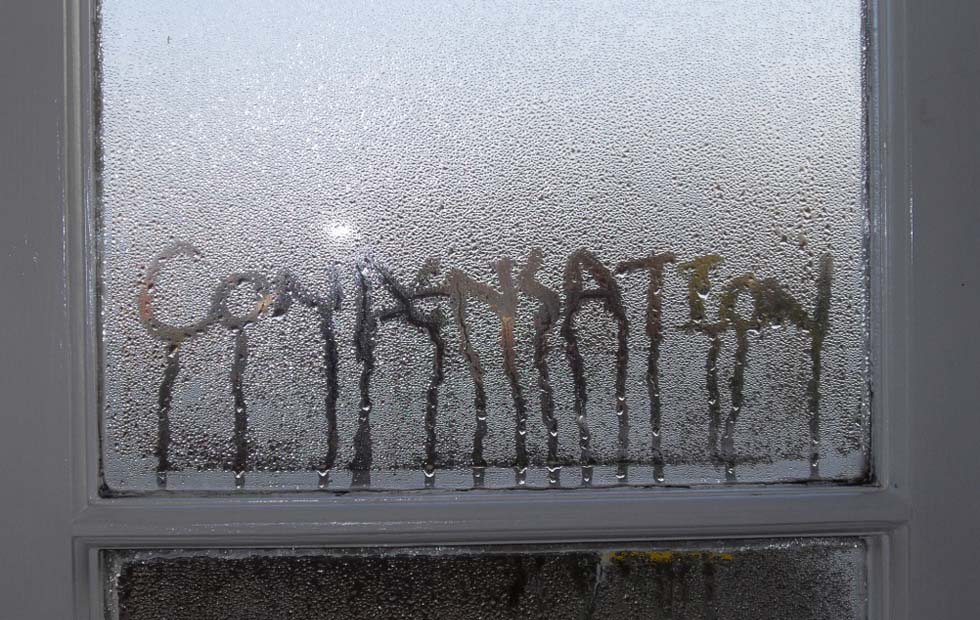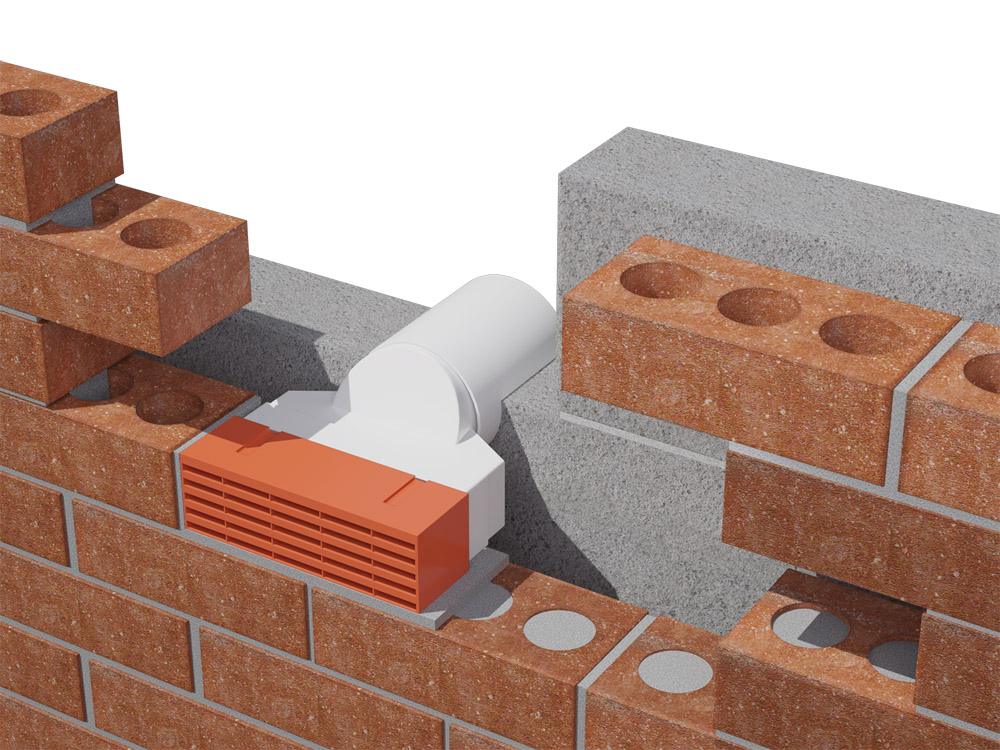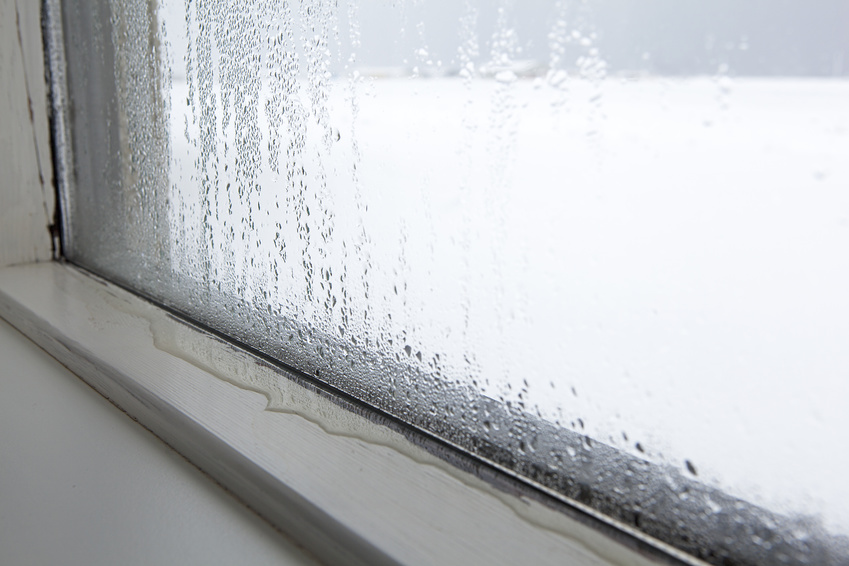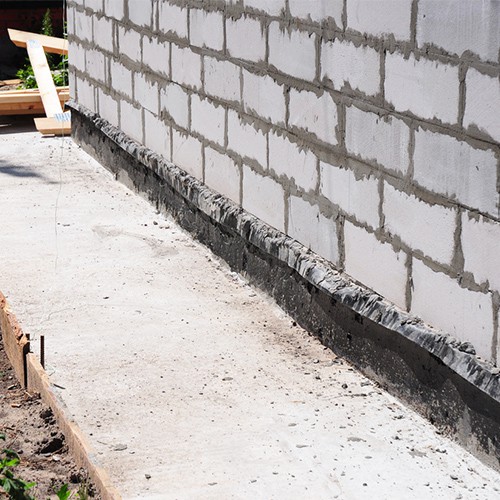Treating Damp in Your Bathroom
The bathroom is likely to suffer from condensation more than any other room in your property. This is because a large amount of moisture is produced when you shower or bathe. When water in the bathroom dries out, it evaporates into the air increasing the humidity level. If your bathroom is not well ventilated, this humid air lingers around preventing wet surfaces from drying out quickly.
Bathrooms contain surfaces which are particularly prone to condensation such as mirrors, single-glazed windows and metal window frames. This excess moisture is what causes mould infestations to occur. Whilst small amounts of mould are harmless, if left untreated, prolonged exposure to mould can cause skin allergies and respiratory conditions to worsen.
If your bathroom is suffering from condensation, you will notice droplets of water on gloss painted window sills or black mould forming on the walls and ceilings.
In order to deal effectively with condensation in the bathroom, you must first reduce the amount of condensation and then tackle the mould.
This guide is split into two sections:
- How to Reduce Condensation in the Bathroom
- How to Remove Mould in the Bathroom
Reducing Condensation in the Bathroom
The best way to control and reduce condensation in bathrooms is with ventilation. Ventilators or extractor fans help reduce and eliminate surface condensation by exchanging stale air with fresh air. Ventilators stop musty air, mould growth and unwanted odours occurring in the bathroom. Bathroom ventilation is essential for good health, but it also plays a key role in improving the atmosphere of your whole home. This is because a well ventilated bathroom will reduce the amount of moist air circulating within the rest of your property.


Ventilation
Improving ventilation is an important step to preventing condensation and achieving a mould-free bathroom. Allow air to circulate throughout your property by keeping windows and doors open as much as possible. Cross-ventilating is the best method, opening windows at opposite corners of your home.
Ventilation systems are designed to be installed in areas that suffer from damp and mould-related issues such as bathrooms. vents replace moisture-laden air with fresh clean air, forcing contaminants to leave the home. Improved ventilation is the one of the most effective ways to control condensation and eliminate mould infestations in bathrooms.
Free ways to Avoid Condensation
Condensation can be controlled by you and for free. Simply changing your behaviour in the home can reduce the risk of condensation.
• Close the bathroom door when bathing/showering
• Open windows during and after bathing/showering to allow the moist air to escape
• Wipe down all surfaces, including bath units, windows sills and tiles to remove any excess moisture
• Avoid leaving wet towels on the floor as this will cause mould growth and create a musty damp smell
• Remove any mould you see immediately with mould wash concentrate to prevent further outbreaks

Other ways to avoid condensation:
Condensation is likely to occur if homes are under heated. Keep your homes above 15 Celsius at all times and this will help prevent condensation forming on outside walls.
Homes which suffer from severe condensation usually have poor insulation. It is important to make sure all of the rooms in the home are warm during the winter months, therefore increasing the temperature of cold surfaces.
Getting Rid of Mould in the Bathroom
A major mould infestation can cause damage to your home as well as your health. Bathrooms accumulate mould infestations more than other areas in the home as they are usually damp and poorly ventilated rooms.
Luckily, mould infestations are relatively easy to manage and treat providing you are proactive in your approach. Follow these steps:
A bathroom which welcomes constant light prevents mould infestations as mould cannot grow on well-lit areas. To improve the level of light in your bathroom, consider removing blinds and curtains which block out the sunlight and replace with opaque glass. If your bathroom doesn’t have a window, skylights or sky tube kits are recommended to increase the amount of natural light.
Wiping wet surfaces after use is a quick and easy way to prevent mould growth. Regularly clean the bath tub, the basin, the shower, the tiles and ceilings. Also, don’t forget about the silicone corners around showers and baths. Mould tends to grow on wet surfaces and objects, therefore it is important that you clean surfaces underneath bathroom items including shampoo bottles, beauty products and soaps. Clean each product in turn and wipe dry to prevent mould growth.
To remove mould from tiles and grout, use a mould wash concentrate which will fight against mould fungi, mildew and algae on a number of surfaces. Start treatment by pre-washing the affected areas by removing any dirt and debris. Once the surface is clean and smooth, dilute the mould wash concentrate with water and wash the prepared surface with the liquid, using a sponge, brush or cloth. Wait for the liquid to dry thoroughly before applying another coating to badly soiled areas.
You can remove mould from walls and ceilings by using damp proof paint. Damp proof paint is designed specifically to tackle damp and mould problems, reducing the risk of damp occurring in the future. Damp proof paint can be easily applied and maintained, making rooms look fresher and brighter. It contains a powerful polymer that protects the walls and ceilings for longer, saving on additional treatment costs.
Damp proof paint
For more information on damp proof paint click here: does damp proof paint really work?
Do you have a question about bathroom condensation in Nottingham / surrounding areas or removing mould from your bathroom? Contact your local damp proofing company today and our damp proofing experts will be happy to help. There is no charge for our technical advice or support, we are more than happy to answer any questions or queries you might have.




